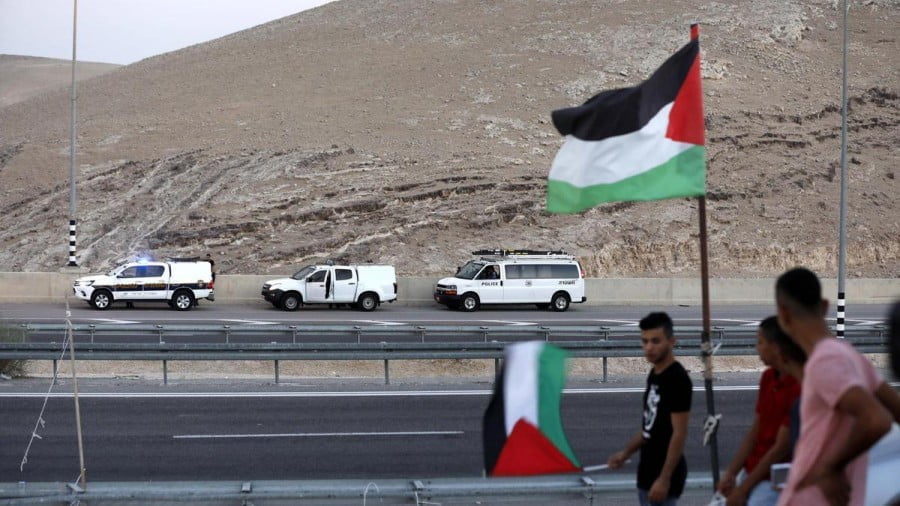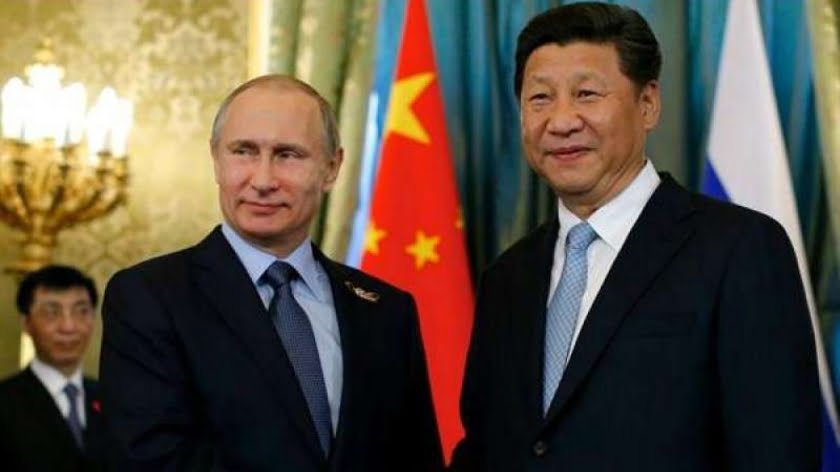Eurasian Economic Union Enjoying Broader Cooperation
Noteworthy events to do with increased integration within the Eurasian Economic Union (EAEU) took place in the first half of December 2020.
On December 7, representatives of the EAEU and China met during the special negotiation session called “Towards a bigger Eurasia via the integration of nations, businesses and people”, which was organized by the Eurasian Development Bank (EDB) and the Eurasian Economic Commission (EEC) within the framework of the First Eurasian Congress. The head of the PRC delegation, Deputy Minister of Commerce Yu Jianhua, made a number of fairly interesting proposals aimed at expanding cooperation between China and the EAEU member states. For instance, he suggested adding an economic dimension (a feasibility study) to it so that a free trade zone agreement between the PRC and the EAEU could be implemented. Such a deal will, unquestionably, promote all aspects of mutual cooperation, strengthen the foundations of global trade, foster bilateral dialogue and lead to more unified standards. A joint commission for implementing the agreement between the EAEU and China will facilitate the adoption of measures that will ease global trade involving e-commerce to ensure an uninterrupted supply of goods.
Participants at the joint session discussed another proposal made by the Chinese delegation regarding the creation of a steel caravan of the Eurasian continent in order to establish joint logistics and warehouse hubs comprising networks of cross-border railways, which will cover the entire Eurasia with trade routes for cargo transportations, thus encouraging the construction of economic corridors, similar to the New Eurasian Land Bridge. Yu Jianhua emphasized that to ensure the trade ties between the PRC and the EAEU continued to strengthen and all the participants of the initiative derived benefits from the process of integration, it was important to facilitate the smooth functioning of green transport corridors and to streamline customs procedures at relevant border harbors.
At present, Central Asia has the necessary infrastructure on the basis of which a broad range of opportunities for continent-wide collaboration could be created. That is why, the session participants actively discussed all the proposals on increased integration. Kairat Kelimbetov, the head of Astana International Financial Centre and the Chairman of the Agency for Strategic Planning and Reforms, pointed out that it would be easy to create a framework for cooperation within the nations of the region, which would, for instance, provide access to sea routes to those countries (such as Kazakhstan) that did not have it.
During the session, Vladimir Chizhov, the Permanent Representative of the Russian Federation to the European Union (EU), stated that there could be a reshuffle among the global players. Such processes occur naturally, which means that the ever-expanding and transforming Greater Eurasia may become one the new global centers as a result.
Another important event in the region, from the point of view of further Eurasian integration, was the online meeting of the Supreme Eurasian Economic Council (SEEC) on December 11, which not only leaders of the 5 core member-states took part in but so did heads of observer states (Moldova) and of nations vying for such a status (Uzbekistan and Cuba). The agenda included more than 20 issues that directly dealt with the resolution of outstanding integration-related problems and the provision of economic support to member-states still facing socio-economic hardships, such as Armenia and Kyrgyzstan.
During the SEEC discussion of the points tied to integration, the participants backed an initiative on strategic directions for promoting EAEU integration by 2025, focusing on completing the creation of a common market for goods, services, capital, workers as well as an integrated digital environment. Essentially, the aim is to stimulate the growth of member states’ economies, and to improve the well-being and quality of life of these nations’ inhabitants.
Another important achievement of the recent SEEC video conference, aside from the approval of strategic directions to encourage integration by year 2025, was Uzbekistan and Cuba obtaining observer status within the EAEU.
According to Article 109 of the Treaty on the Eurasian Economic Union, observer states can, upon invitation, attend meetings of EAEU bodies but without the right to participate in decision-making processes and receive any documents approved by the Union that are not confidential in nature.
Incidentally, the EAEU began its life on January 1, 2015, and its member states include Armenia, Belarus, Kazakhstan, Kyrgyzstan and Russia. In year 2020, Belarus has the chairmanship within the EAEU. Moldova has been an observer state within the organization since May 2018. The EAEU is an economic union only.
Uzbekistan has been fostering ties with its member states for a long time. As a result of these joined efforts, bilateral trade worth $4.5 billion in 2016 increased two-fold by the end of 2019 to more than $9 billion. In fact, transactions with the Eurasian Economic Union account for one third of all of Uzbekistan’s external trade in value, while their share in the agricultural sector exceeds 75%.
Uzbekistan gaining the observer status with the EAEU was the result of ongoing policies, pursued by the its government and its President Shavkat Mirziyoyev, aimed at promoting an open national economy and at utilizing the country’s transport corridors and logistics networks. Hence, at present, the common EAEU market with its 180 million consumers is increasingly becoming the target for products from Uzbekistan, and of all of this is, in turn, laying the groundwork for closer collaboration and mutual cooperation within Eurasia. The observer status will enable Uzbekistan to build up capabilities in its economy to better meet the demands of the EAEU common market and to increase the share within it taken up by Uzbek manufacturers and suppliers.
Similarly, Cuba also became an observer state in the EAEU. Thus, the organization is expanding not only its economic but also its geopolitical reach. This new status within the Eurasian Economic Union allows Cuba to foster closer economic ties and cooperation not only with Russia and Belarus (which it already collaborates with) but also with other EAEU member states. Cuba needs to increase revenues it earns from its global exports, particularly, from the products and services of the economy’s medical sector. Sugar production is a key sphere of Cuba’s economy, and sugar cane is a crucial agricultural commodity. Recently, the Cuban economy has been experiencing a two-fold crisis: due to the COVID-19 pandemic and tightening US sanctions. In 2020, the nation’s economy will have contracted for the first time in 26 years. Its government has put forward an economic strategy focused on opening up the country to international travelers, stimulating Cuba’s food production sector and introducing economic reforms faster. Hence, a closer relationship between this nation and the EAEU could, in the opinion of the Cuban government, help, in large part, to resolve the country’s current economic woes.







